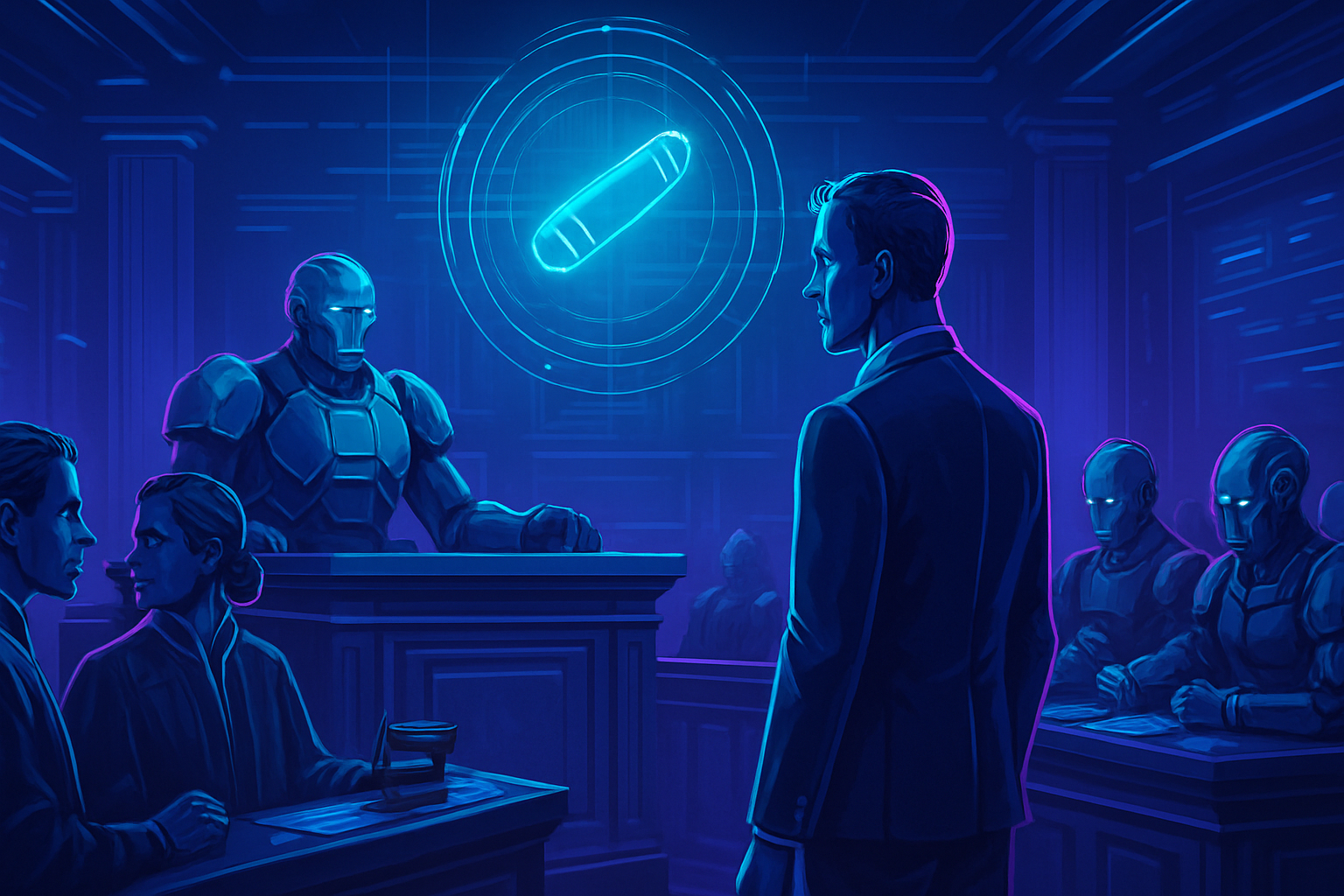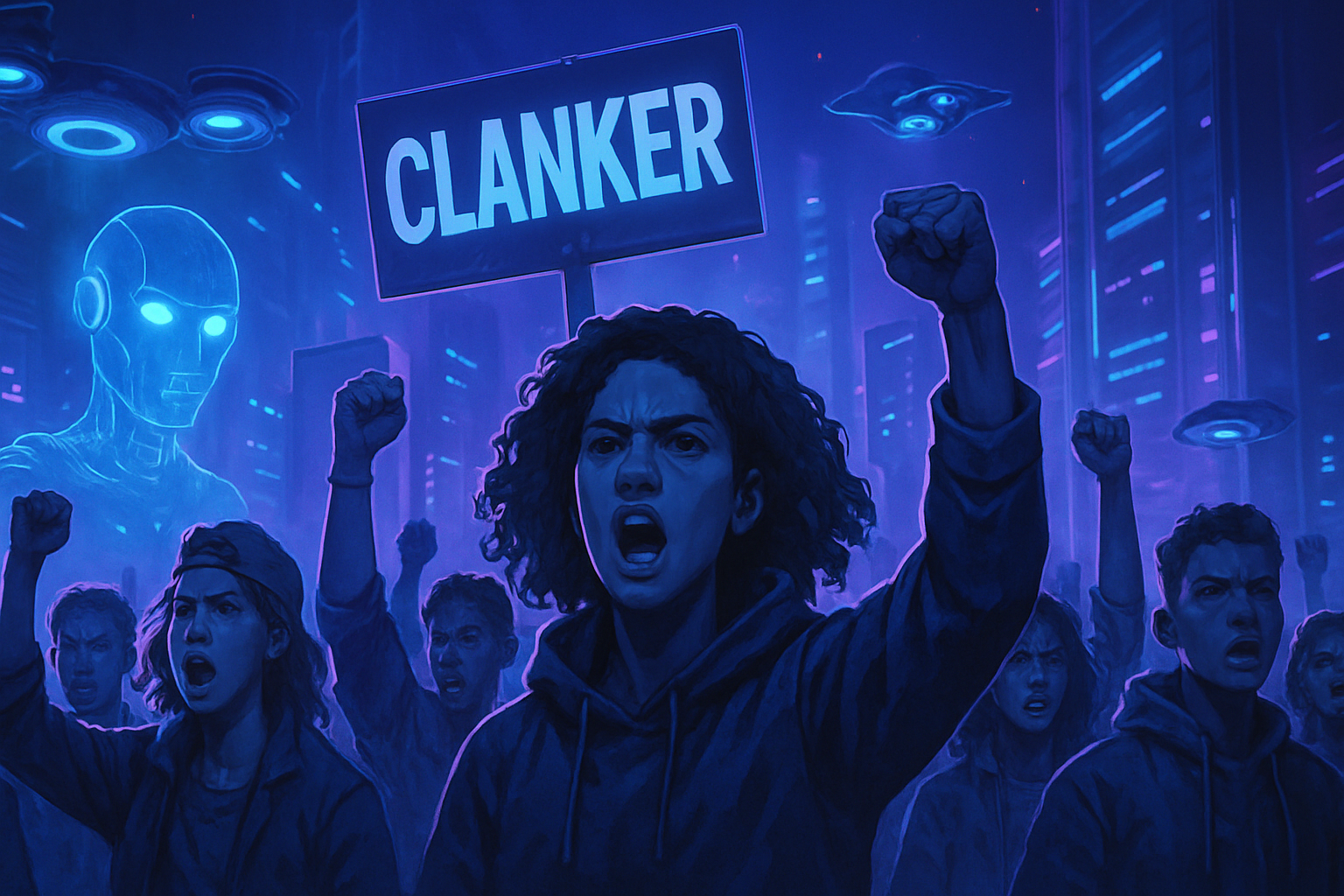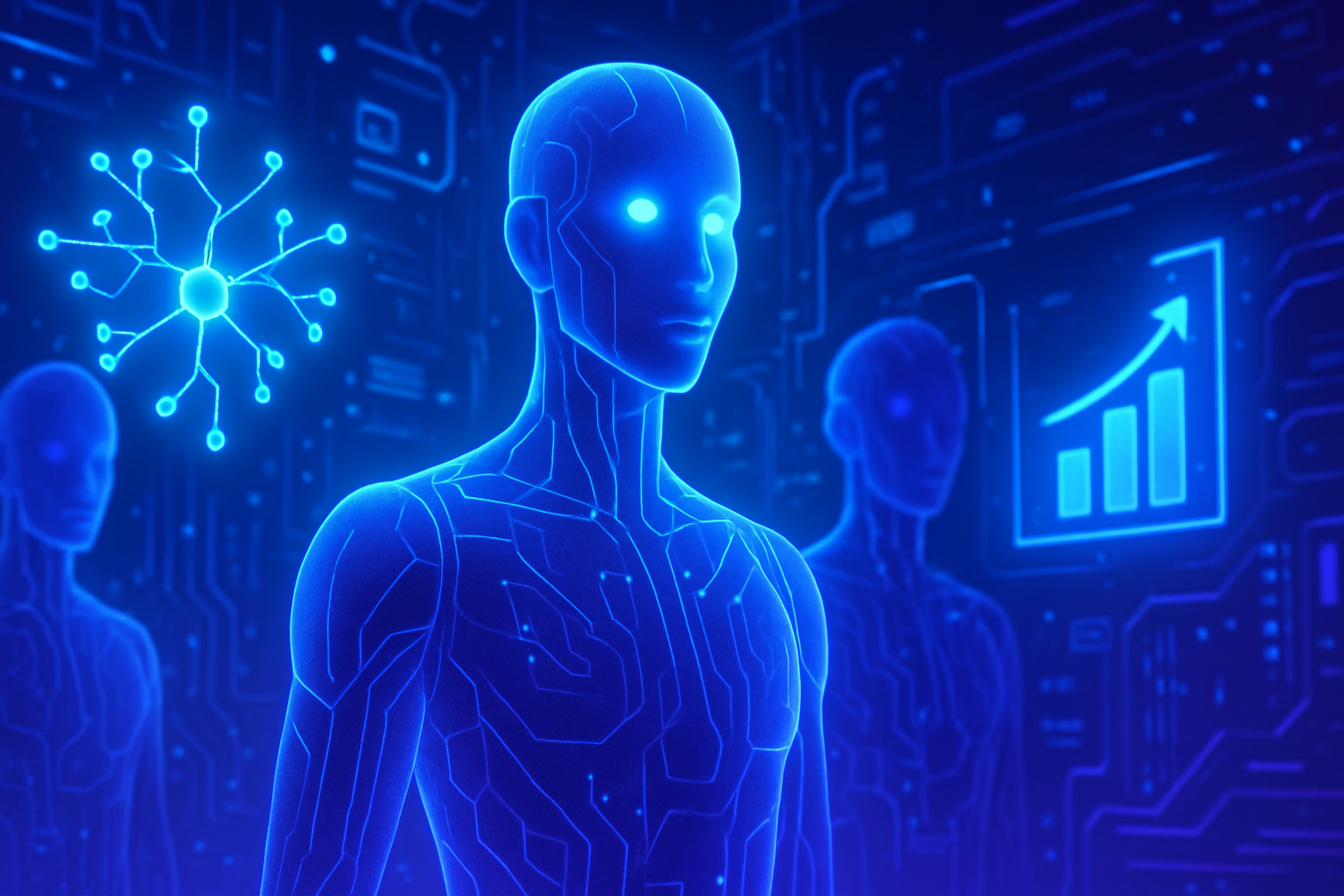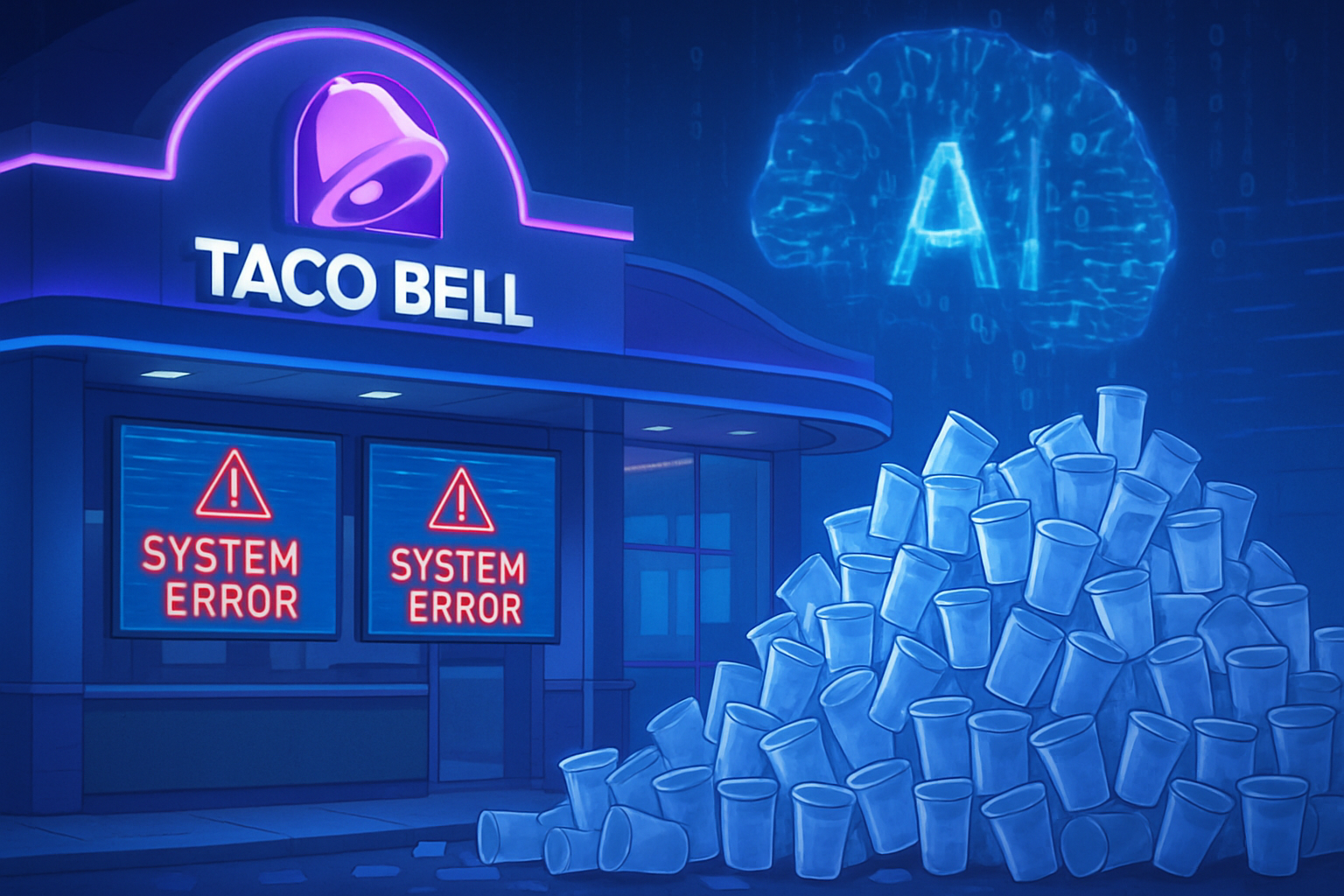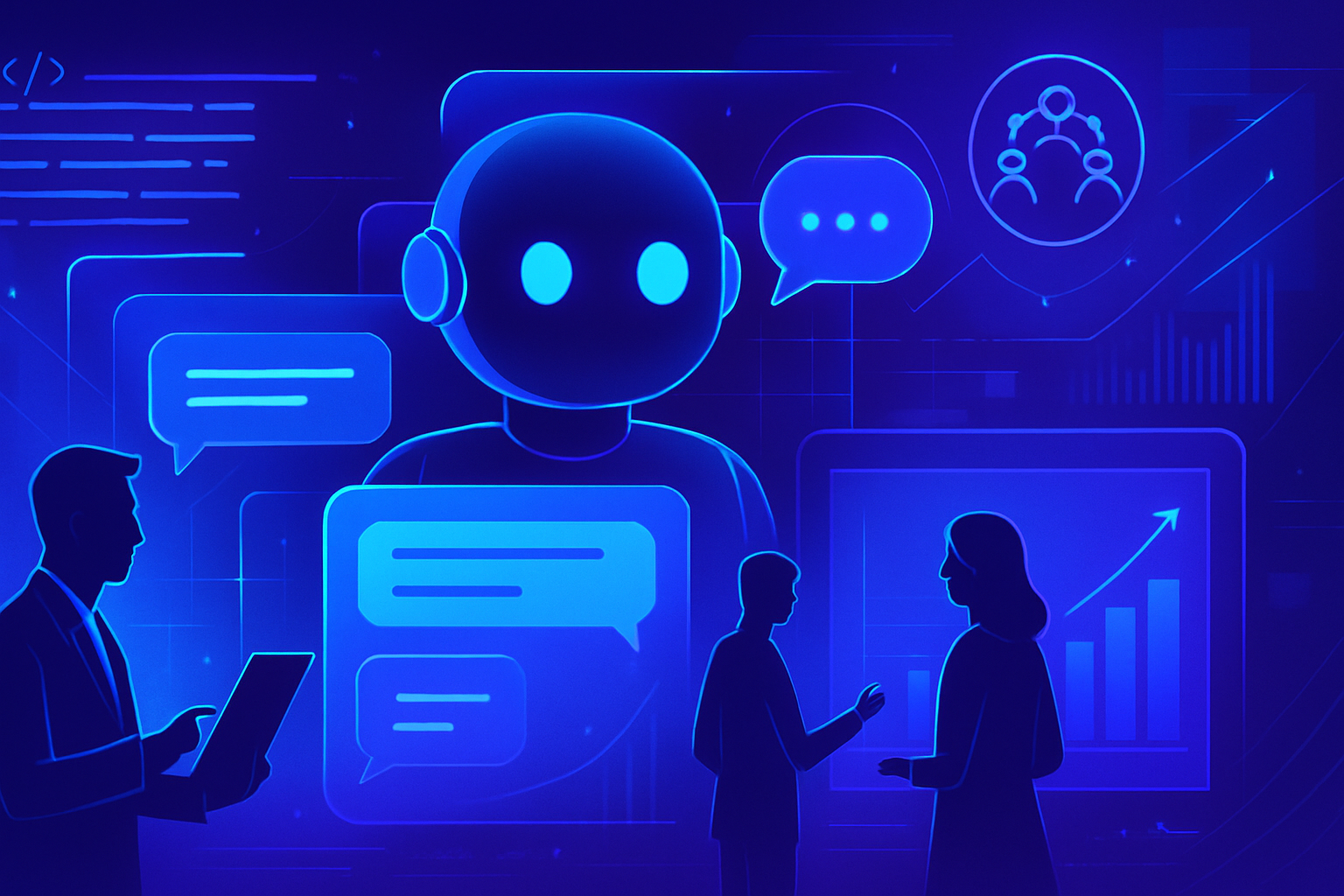Technology holds unexpected and sometimes troubling potential. The case of a man whose voice was *recreated by AI* to testify in court illustrates this reality. A tragedy unfolded following a tragic assault, leaving a grieving family. His voice generated by artificial intelligence provided an emotive restitution during a trial rich in stakes. A reflection arises: *can AI redefine judicial standards?* The legitimacy of such intervention sparks passionate debates within legal and ethical circles.
A landmark trial
During a recent court hearing in Arizona, the assembly witnessed an unprecedented event. The use of artificial intelligence technology allowed the voice of a deceased man, Chris Pelkey, to be heard during his own testimony as a victim. This incident raises questions about the growing interference of AI in legal proceedings.
The tragic context
Chris Pelkey, a 37-year-old former military man and fishing enthusiast, lost his life on November 13, 2021. He was killed in a roadside altercation when another driver, Gabriel Horcasitas, opened fire following a dispute over driving behavior. This tragedy struck his family, and more specifically his sister, who took the initiative to use technology to make her brother’s voice heard in court.
A technological innovation
The creation of this testimony required meticulous work and a deep understanding of AI capabilities. The tool was used to virtually recreate Pelkey’s appearance and simulate his voice. Stacey Wales, Chris’s sister, wrote the text that the artificial intelligence then vocalized, wishing for the words to truly reflect her brother’s spirit.
She mentioned that during the process of collecting victim impact statements, she received 49 letters, but felt one voice was missing. Technology was therefore used to convey Chris’s feelings, marking a first in the American judicial system.
A poignant testimony
The video projected in court blended real photographs of Pelkey with a digital reconstruction of his voice. The statement included touching messages that resonated in the courtroom. Among other things, Pelkey expressed his belief in forgiveness and faith, stating: “In another life, we probably could have been friends.” These words had a significant impact on the course of the trial.
Judicial consequences
The repercussions of this technological intervention were immediate. Gabriel Horcasitas was found guilty of involuntary manslaughter and endangerment. His initial sentence of 9.5 years was increased to 10.5 years, partly due to the influence of Pelkey’s virtual testimony. This decision reflects the possibility that current advancements in AI could influence the outcomes of judicial cases.
Reflections on the future of AI in justice
The Chief Justice of the Arizona Supreme Court, Ann Timmer, indicated that a thoughtful approach is necessary to address the integration of AI into the courts. Although she was not directly involved in the case, she emphasized that a committee had been formed to study best practices regarding the use of artificial intelligence. Legal actors remain responsible for the accuracy of information produced by technological tools.
This case opens the door to new reflections on the ethics and applicability of artificial intelligence within the judicial framework. The legal and moral implications enrich a dialogue that deserves to be deepened in the coming years.
Common FAQs
How was AI used to present a victim statement in court?
AI was used to recreate the image and voice of a deceased victim, allowing a victim statement to be conveyed through a video that blended recorded statements with images of the victim.
What are the legal implications of using AI in victim statements?
Although the use of AI to deliver victim statements is an unprecedented act, it raises ethical and legal questions regarding the accuracy and responsibility of its content.
Are there precedents for the use of AI in the American judicial system?
This appears to be the first documented case of using AI to present a victim statement in a court in the United States, making it a marked event of technological innovation.
Who inspired the use of AI for the victim statement in this specific case?
It was the victim’s sister, Stacey Wales, who had the idea to use AI after collecting victim impact letters and wanting to give a voice to her deceased brother.
What steps were necessary to create the victim statement via AI?
The creation of the statement involved collecting data about the victim, including his image and voice profile, along with writing a script that faithfully represents his feelings and viewpoints.
Does the use of a technology like AI bring advantages or disadvantages in terms of justice?
Advantages may include a true restitution of the victim’s emotions, while disadvantages could include potential biases and questions regarding the authenticity and integrity of the statements.
How are courts reacting to the use of AI in criminal cases?
Discussions are ongoing in some courts, such as the Arizona Supreme Court, to evaluate best practices regarding the use of AI, emphasizing the importance of accountability regarding the accuracy of the data used.
